Hi guys. I have a 1980 Mustang with a 200cid inline 6 and I'm debating between tuning that, or doing a 302 V8 swap. For the swap I'd need to change the tranny as well as its a C3 in mine, not a C4.
I want decent performance and enough grunt to smoke the rear tyres.
I was thinking of a comp cam with 260 degree, and a carb upgrade, possibly a better dizzy as well. Will this give me the result I'm looking for? Engine is good, but the carb is a bit knackered.
What carb will be best for the inline 6?
Cheers





 Reply With Quote
Reply With Quote






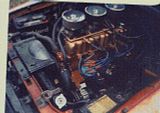
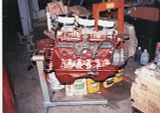
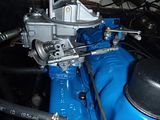




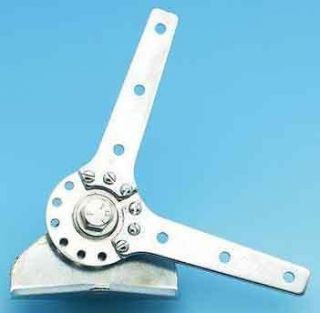





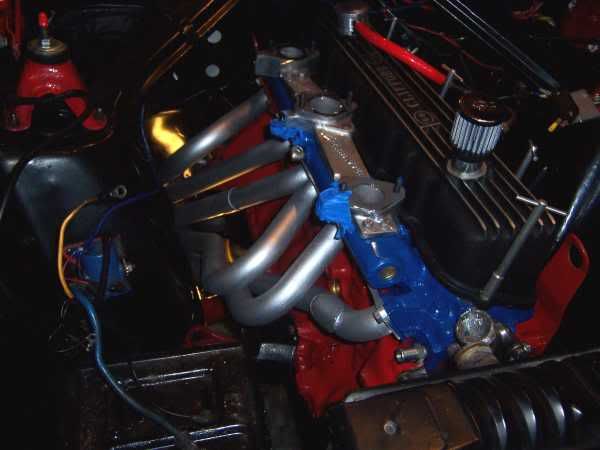
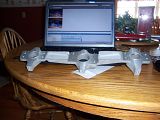
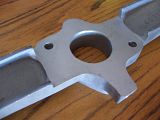
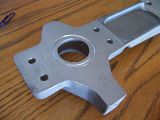

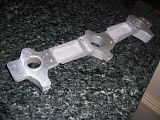
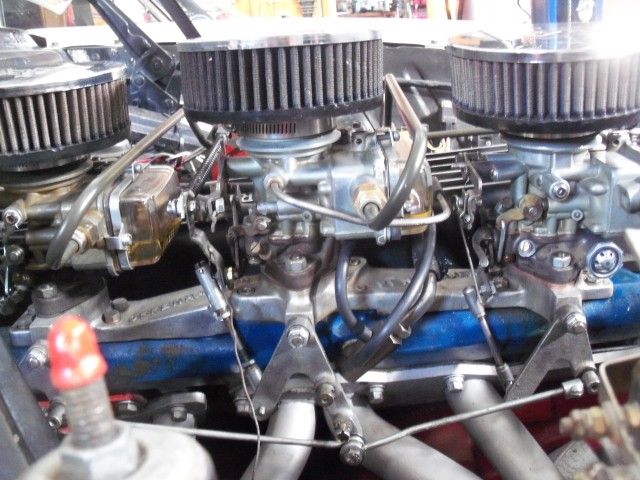



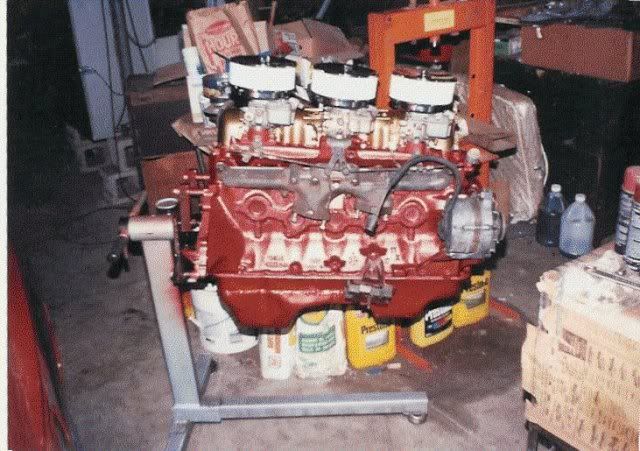
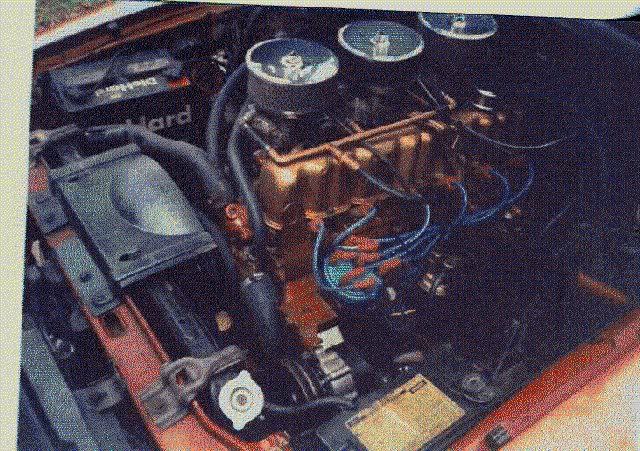
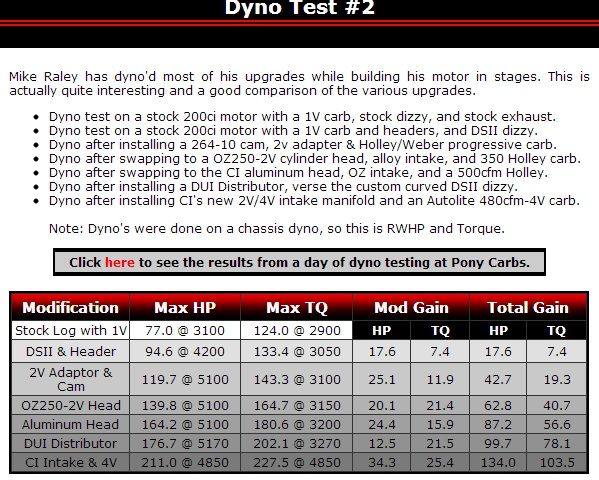
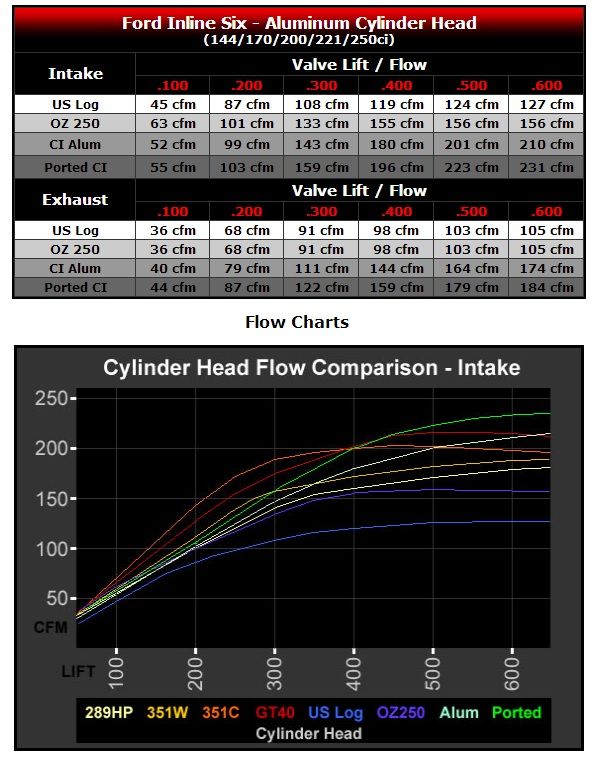

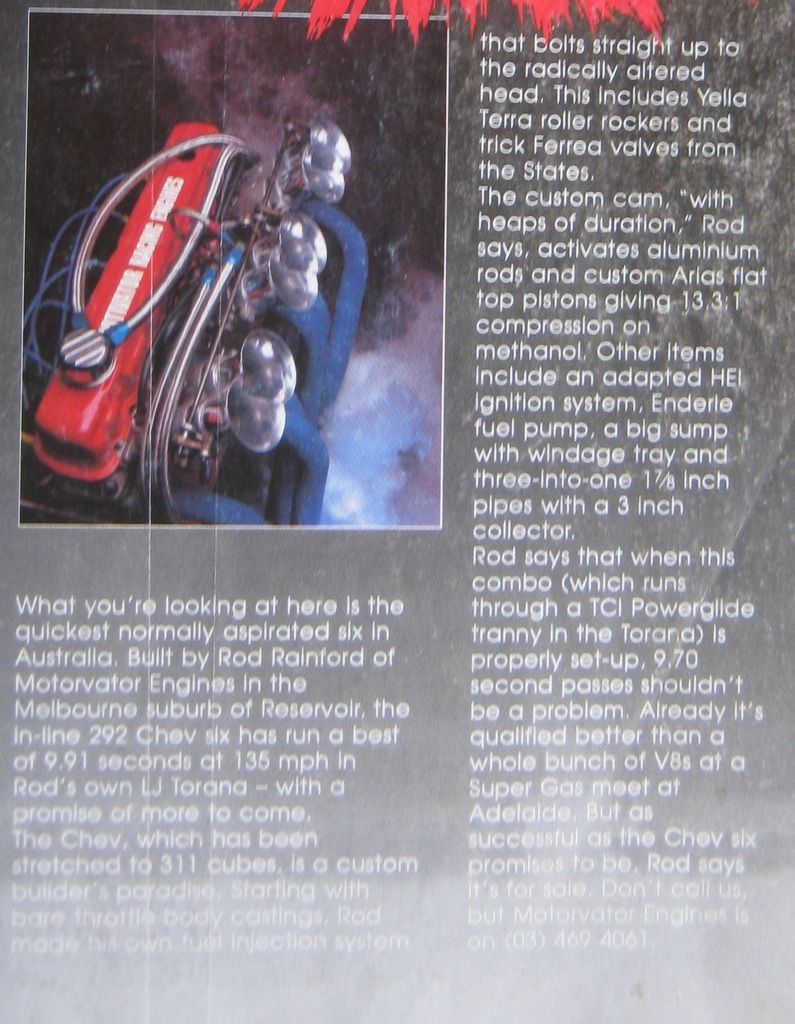

Connect With Us